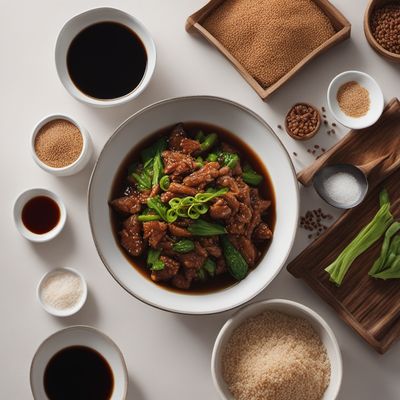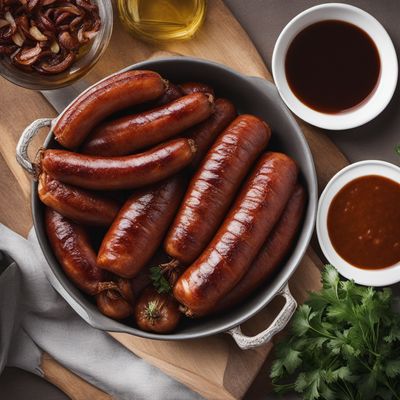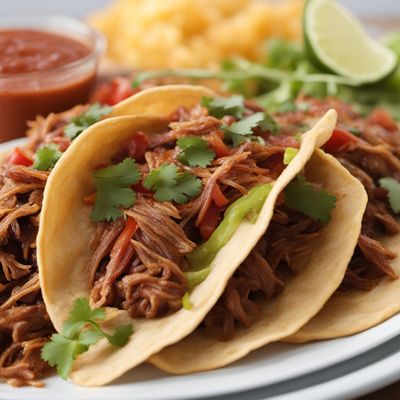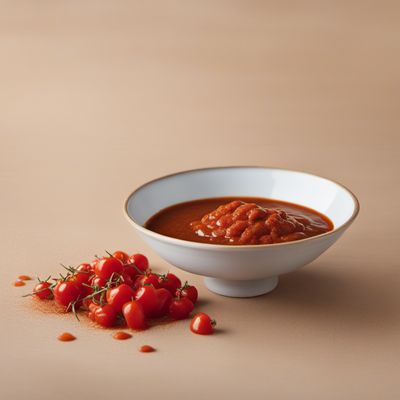
Ingredient
Brown cane sugar
The Sweet Essence of Natural Cane: Brown Sugar Unveiled
Brown cane sugar is a minimally processed sweetener derived from sugarcane. It is made by extracting the juice from the sugarcane plant, which is then boiled and evaporated to remove the water content. Unlike refined white sugar, brown cane sugar retains some of the natural molasses, giving it a rich caramel-like flavor and a moist texture. It ranges in color from light to dark brown, with darker varieties having a stronger flavor. The texture of brown cane sugar is slightly coarser than white sugar, and it has a subtle stickiness. Its appearance is characterized by its granulated form, with varying shades of brown.
Origins and history
Sugarcane, the source of brown cane sugar, is believed to have originated in Southeast Asia and was later introduced to other parts of the world through trade and colonization. The cultivation and processing of sugarcane have a long history, dating back thousands of years. Sugarcane plantations were established in ancient India, and the knowledge of sugar production spread to Persia, the Arab world, and eventually Europe. The production of brown cane sugar became popular during the colonial era, particularly in the Caribbean and South America, where sugarcane plantations flourished.
Nutritional information
Brown cane sugar contains trace amounts of minerals such as calcium, iron, and potassium, as well as small amounts of vitamins. However, it is important to note that brown cane sugar is still a form of sugar and should be consumed in moderation. It provides approximately 15 calories per teaspoon.
Allergens
Brown cane sugar does not contain any known allergens.
How to select
When selecting brown cane sugar, opt for brands that offer organic or unrefined options. Look for sugar that is free from additives or artificial coloring. The color of the sugar can indicate its flavor intensity, with darker varieties having a stronger taste. Choose sugar with a moist texture, as this indicates a higher molasses content.
Storage recommendations
To maintain the freshness and quality of brown cane sugar, store it in an airtight container in a cool, dry place. Avoid exposure to moisture, as it can cause the sugar to harden. If the sugar becomes lumpy, you can break it up using a fork or a food processor.
How to produce
Brown cane sugar is typically produced on a large scale in sugar mills. However, if you are interested in producing it on a smaller scale, you can grow sugarcane in tropical or subtropical regions. Harvest the mature sugarcane stalks, extract the juice, and follow the traditional process of boiling and evaporating to obtain brown cane sugar.
Preparation tips
Brown cane sugar can be used as a direct substitute for white sugar in most recipes. Its rich flavor makes it particularly suitable for baking, adding depth to cookies, cakes, and pies. It can also be used to sweeten beverages, such as coffee or tea, and to enhance the flavor of sauces, marinades, and glazes. When using brown cane sugar in recipes, keep in mind that its moisture content may affect the texture of the final product. Adjust the amount of liquid or other ingredients accordingly.
Substitutions
Suitable substitutes for brown cane sugar include dark brown sugar, muscovado sugar, or coconut sugar. These alternatives offer similar flavor profiles and can be used in the same quantities as brown cane sugar.
Culinary uses
Brown cane sugar is commonly used in baking, where it adds a rich caramel flavor to cookies, brownies, and muffins. It is also a popular choice for sweetening beverages, such as hot chocolate or spiced cider. In savory dishes, brown cane sugar can be used to balance the flavors of marinades, glazes, and sauces, particularly in Asian and Caribbean cuisines.
Availability
Brown cane sugar is commonly available in most grocery stores and supermarkets worldwide. It is also produced in countries with a significant sugarcane industry, such as Brazil, India, Thailand, and the United States.
More ingredients from this category
Recipes using Brown cane sugar » Browse all

Ginger Chutney Recipe
Fiery Ginger Delight: A Spicy Twist to Indian Cuisine

Cape Verdean Cassava Pone
Savory and Sweet Delight: Cape Verdean Cassava Pone

Belekoy with a Chinese Twist
Crispy Sweet and Savory Belekoy: A Fusion of Filipino and Chinese Flavors

Smoky Polish Sausage with Caramelized Onions
Sizzling Sausage Delight: A Flavorful Polish Classic

Native American Pulled Pork Frybread Tacos
Savory Pulled Pork Frybread Tacos: A Native American Delight

Samlar Kari - Cambodian Coconut Curry
Coconut Delight: A Flavorful Cambodian Curry

Hot Milk Cake Recipe
Velvety Vanilla Hot Milk Cake

Dutch Spiced Honey Cake
Aromatic Delight: Dutch Spiced Honey Cake

Yunnan-style Sweet Bread Pudding
Silky Sweet Delight: Yunnan-style Ekmek Kadayıfı

Virgin Island's Twist on Bonèt
Caribbean Delight: Coconut and Rum Bonèt

Welsh Dragon Sauce
Fiery Dragon Sauce: A Spicy Twist on Welsh Cuisine

Anguillan-Style Spicy Fish Sauce
Caribbean Heat: Anguillan Spicy Fish Sauce
